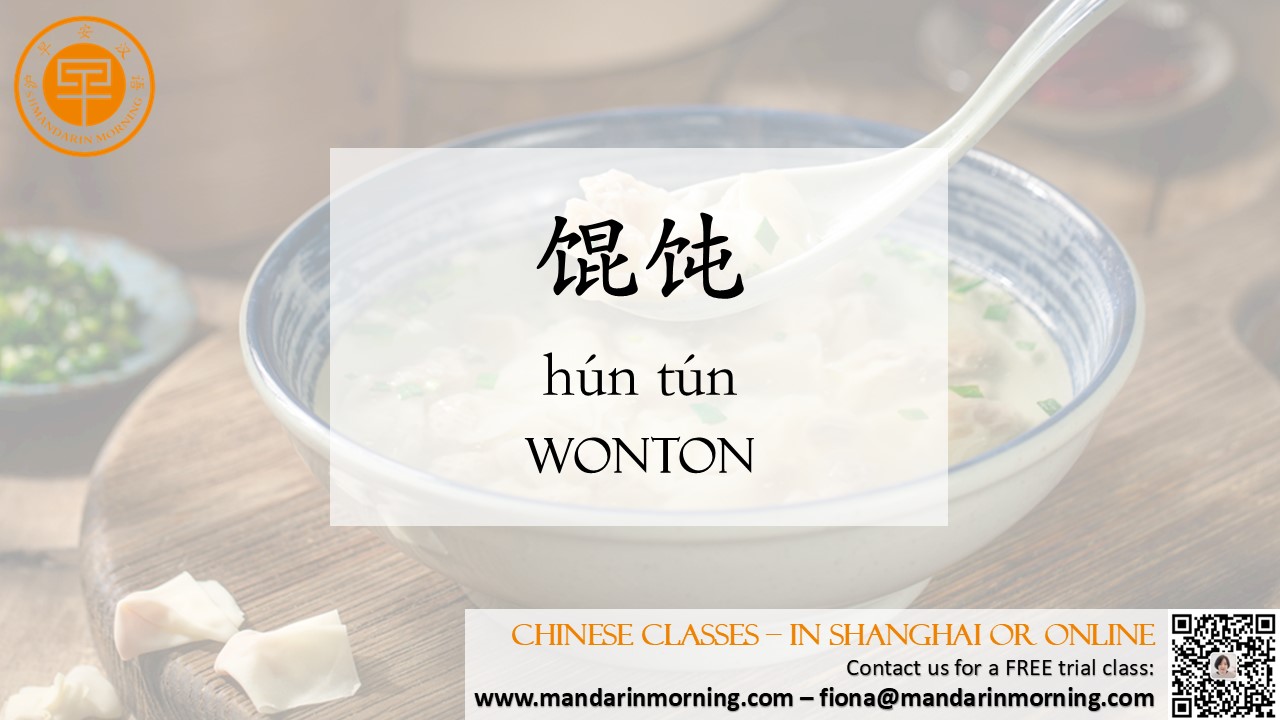【Learn Chinese】10 Delicious Dumplings in Chinese (Part 2) |
| 好吃不过饺子 (hǎo chī bù guò jiǎo zi) - “Nothing tastes better than dumplings.” For generations, dumplings have held a special place in Chinese people’s hearts and stomachs. Particularly in the north, people eat dumplings during special occasions and holidays. These are times of family, reunion, and warmth — and dumplings are always at the heart of these gatherings. In part one of our article, we already introduced the history and 5 delicious dumplings. This is part two of our article.  Xiao Long Bao 小笼包 Xiao Long Bao (小笼包; xiǎo lóng bāo) are often referred to as “soup dumplings” in English, but it’s important to clarify that the literal term for soup dumpling is more suited to 汤饺. Xiao Long Bao are a unique type of dumpling where the soup is encased inside the dumpling itself, rather than being served in a broth. Xiao Long Bao are typically filled with pork and a flavorful broth, served with a traditional dipping sauce made from black vinegar, soy sauce, and fresh ginger strips in a small bowl. This tangy, aromatic sauce pairs perfectly with the richness of the dumplings. Wonton 馄饨 Wontons (馄饨; hún tún) are similar to dumplings but with a few key differences. One distinction is in the wrapper: most dumplings’ wrappers are round, while wontons’ wrappers are square, giving wontons a slightly different texture and shape. Another key difference is how they are served. While boiled dumplings are usually served directly in a bowl after boiling, wontons are often served in a flavorful broth, typically seasoned with soy sauce and other condiments, enhancing their delicate flavors. Shumai 烧卖 Shumai (烧卖; shāo mài) are a popular dim sum staple, instantly recognizable by their open-topped appearance. Unlike most fully wrapped dumplings, shumai have a pleated edge, exposing a portion of their filling. These delicate dumplings are typically made with a mixture of ground pork and shrimp, though some variations also include mushrooms or other vegetables. Potsticker 锅贴 Potstickers (锅贴; guō tiē) are a popular variation of pan-fried dumplings, but they differ in both appearance and preparation method. One key difference is in how the wrappers are sealed. Pan-fried dumplings (煎饺) typically have a half-moon shape with pleated edges, creating a decorative finish. Potstickers (鍋貼/锅贴), on the other hand, are sealed by pinching the wrapper tightly and pressing the ends into a triangle shape. This gives potstickers a more streamlined appearance than pan-fried dumplings’ pleated edges. Rice Dumpling 粽子 Although the name “rice dumpling” might suggest it belongs to the dumpling family, Zongzi (粽子; zòngzi) shouldn’t be considered a type of dumpling. The English name can be misleading, as 粽子 is made from glutinous rice, not dough, and is wrapped in bamboo leaves rather than a thin wrapper. Zongzi is most famously enjoyed during the Dragon Boat Festival, a time when families come together to eat this delicious treat. The fillings vary by region and can be sweet or savory. Common savory fillings include marinated pork, salted egg yolk, and mushrooms, while sweet versions might feature red bean paste or dates. |